Archives
- 2025-12
- 2025-11
- 2025-10
- 2025-09
- 2025-03
- 2025-02
- 2025-01
- 2024-12
- 2024-11
- 2024-10
- 2024-09
- 2024-08
- 2024-07
- 2024-06
- 2024-05
- 2024-04
- 2024-03
- 2024-02
- 2024-01
- 2023-12
- 2023-11
- 2023-10
- 2023-09
- 2023-08
- 2023-07
- 2023-06
- 2023-05
- 2023-04
- 2023-03
- 2023-02
- 2023-01
- 2022-12
- 2022-11
- 2022-10
- 2022-09
- 2022-08
- 2022-07
- 2022-06
- 2022-05
- 2022-04
- 2022-03
- 2022-02
- 2022-01
- 2021-12
- 2021-11
- 2021-10
- 2021-09
- 2021-08
- 2021-07
- 2021-06
- 2021-05
- 2021-04
- 2021-03
- 2021-02
- 2021-01
- 2020-12
- 2020-11
- 2020-10
- 2020-09
- 2020-08
- 2020-07
- 2020-06
- 2020-05
- 2020-04
- 2020-03
- 2020-02
- 2020-01
- 2019-12
- 2019-11
- 2019-10
- 2019-09
- 2019-08
- 2019-07
- 2019-06
- 2019-05
- 2019-04
- 2018-11
- 2018-10
- 2018-07
-
In our xenograft study Fig
2021-02-11
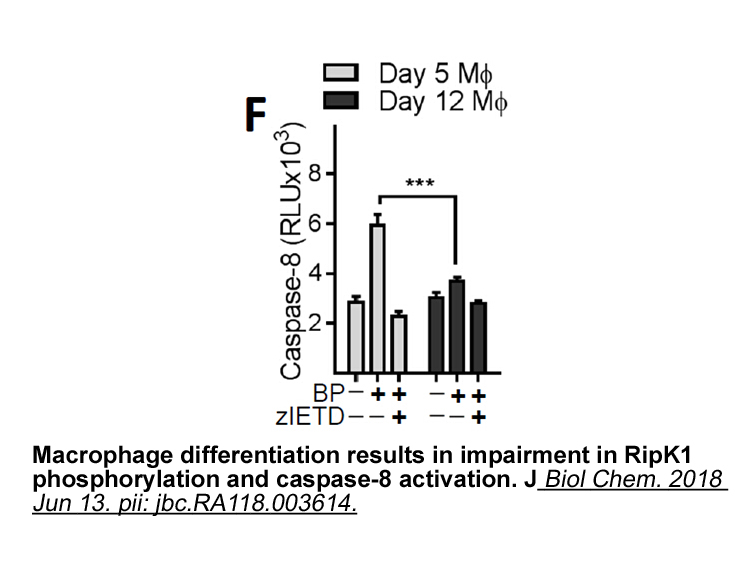
In our xenograft study (Fig. 7, Fig. 8), we observed that DYD acts very similarly to progesterone; the initial faster tumor growth in the PGRMC1-transfected MCF7 tumor was not significant compared with that with progesterone, in SC 79 to the greater tumor growth observed with norethisterone. This w
-
br Conflict of interest br Supplementary methods and materia
2021-02-10
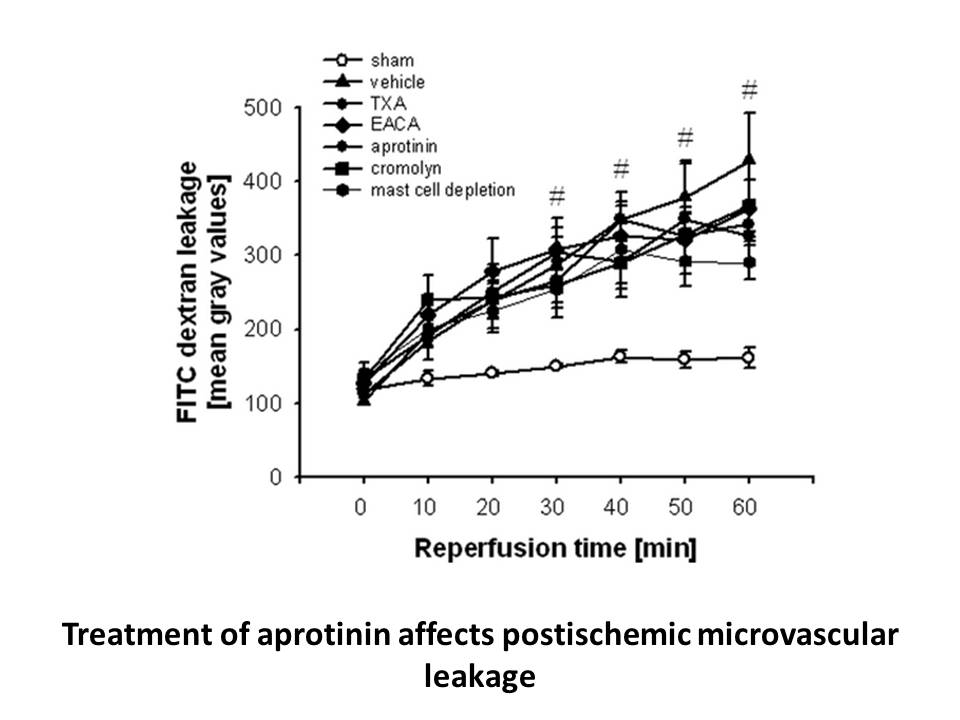
Conflict of interest Supplementary methods and materials Acknowledgments This work was supported by an Early Career Researcher grant awarded by the Institute of Health and Biomedical Innovation to IMW and Queensland University of Technology, and grants awarded to SS by the Prostate Cancer F
-
br Significance Ubl post translational modifications are pot
2021-02-10
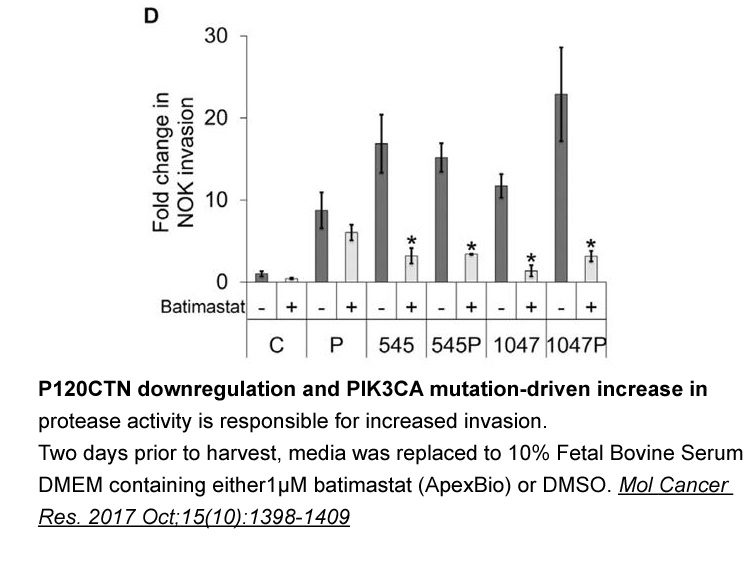
Significance Ubl post-translational modifications are potential targets for developing novel therapeutics for life-threatening diseases, such as c-Myc- and KRas-driven cancers that lack targeted therapy. However, only a few drugs are available to target these modifications. This lack of drugs hig
-
Oxidation of N hydroxyguanidine by DbH was studied by HPLC
2021-02-10

Oxidation of N-hydroxyguanidine 1 by DbH was studied by HPLC and some oxidation products for 1 could be characterized. The compounds generally observed with iron-containing systems are 4-methoxyphenylurea 11 and 4-methoxyphenylcyanamide 12 (Fig. 2). Oxidation of N-(4-chlorophenyl)-N′-hydroxyguanidin
-
In general the DNMT encompass
2021-02-10
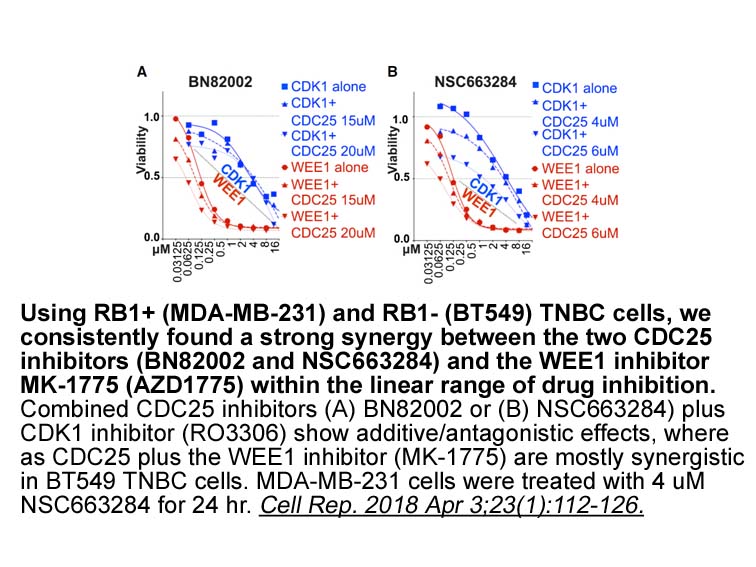
In general, the DNMT encompass three different structural regions: N-terminal regulatory domain, C-terminal catalytic domain and a central linker region (). The N-terminal regulatory domain is particularly implicated in determining subcellular localization of the DNMT and in allocating unmethylated
-
Some family I DNA ligases can
2021-02-10
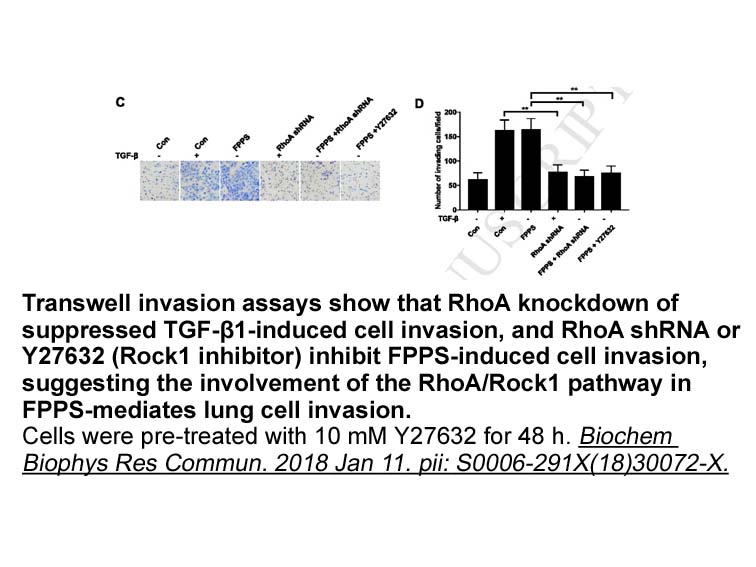
Some family I DNA ligases can use dATP as nucleotide cofactor. For instance, human estrogen antagonist I uses dATP with a catalytic efficiency that is only 36-fold lower in comparison to ATP [9]. EhDNAlig is unable to use dATP as a nucleotide cofactor, indicating a more constrained active site in co
-
PS341 br Materials and methods br Results br
2021-02-10
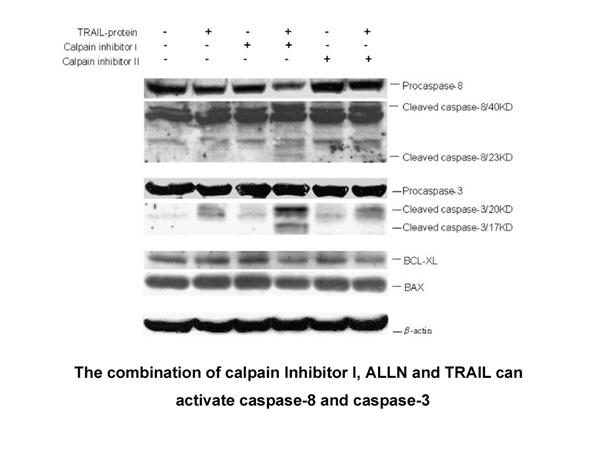
Materials and methods Results Discussion Conclusions First, we replicated the association of DDR1 with SZ in an independent Spanish sample and demonstrated that a SNP-SNP interaction within DDR1 played a role in the association with the disease. Second, we observed that SZ subjects with
-
In S hexyl GSH non treated guinea pigs antigen induced
2021-02-10
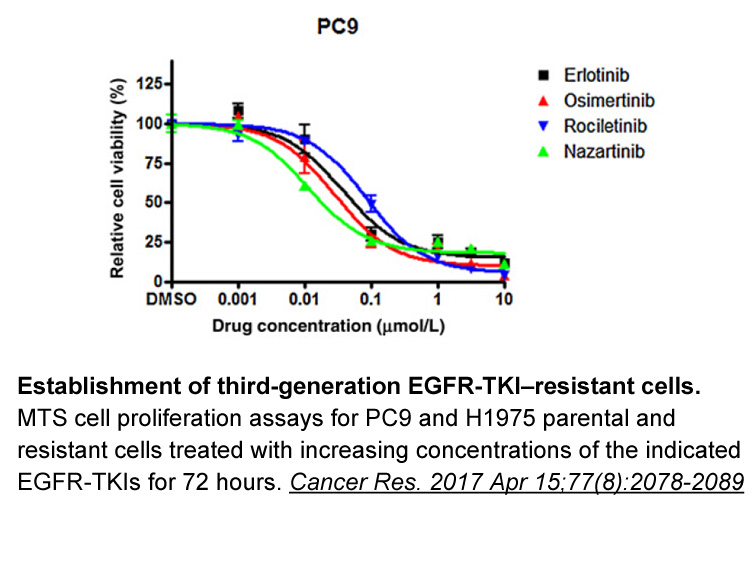
In S-hexyl GSH non-treated guinea pigs, antigen-induced anaphylactic response was suppressed by montelukast, but not by BayCysLT2RA, indicating that this asthmatic response was basically CysLT1-receptor-dependent. On the other hand, the suppressive effect of montelukast was weakened by treatment wit
-
Finally considering the encouraging inhibitory and selectivi
2021-02-10
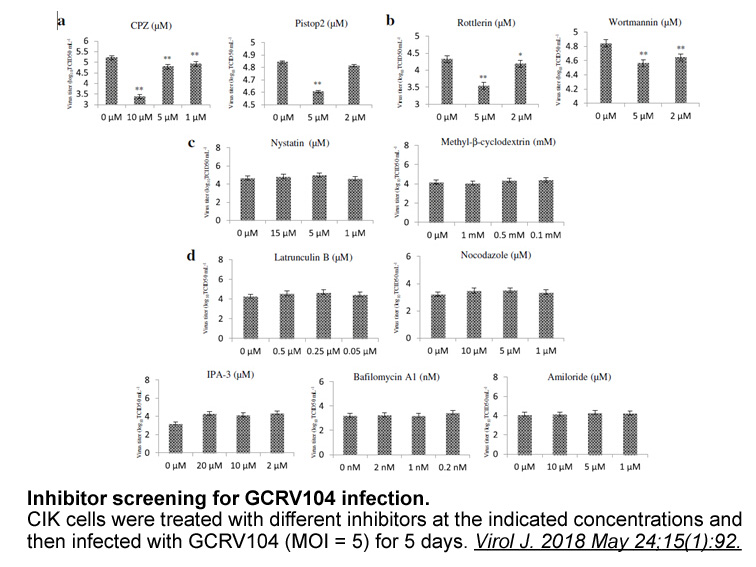
Finally, considering the encouraging inhibitory and selectivity properties of compound and against isolated CK1δ, we have also acquired a very preliminary cytotoxicity profile on human ovarian carcinoma cell line (2008) and on its cisplatin-resistant clone (C13). Results showed that after 48h of exp
-
br Conclusions br Acknowledgements br
2021-02-09
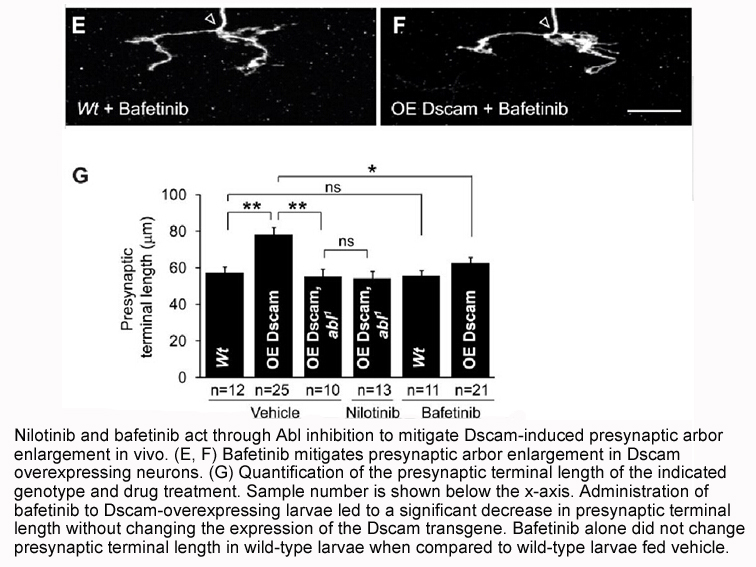
Conclusions Acknowledgements Protein tyrosine kinases (PTKs) of Src family are important components in cellular signal transduction pathways that couple diverse extracellular signals to appropriate cellular responses . Their activities are tightly regulated in the cells and aberrant activati
-
br Structure and function of EPAC isoforms EPACs are guanine
2021-02-09
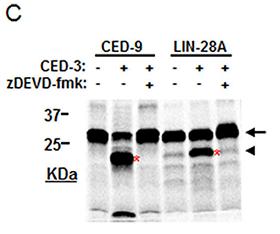
Structure and function of EPAC isoforms EPACs are guanine nucleotide exchange factors (GEFs) for the Ras-like GTPases Rap1 and Rap2 [9]. There are two mammalian EPAC isoforms, EPAC1 and EPAC2 1, 2 (Figure 1). Whereas EPAC1 displays a wide tissue distribution, the expression of EPAC2 is more restr
-
HG-9-91-01 br Results and discussion br Conclusions In this
2021-02-09
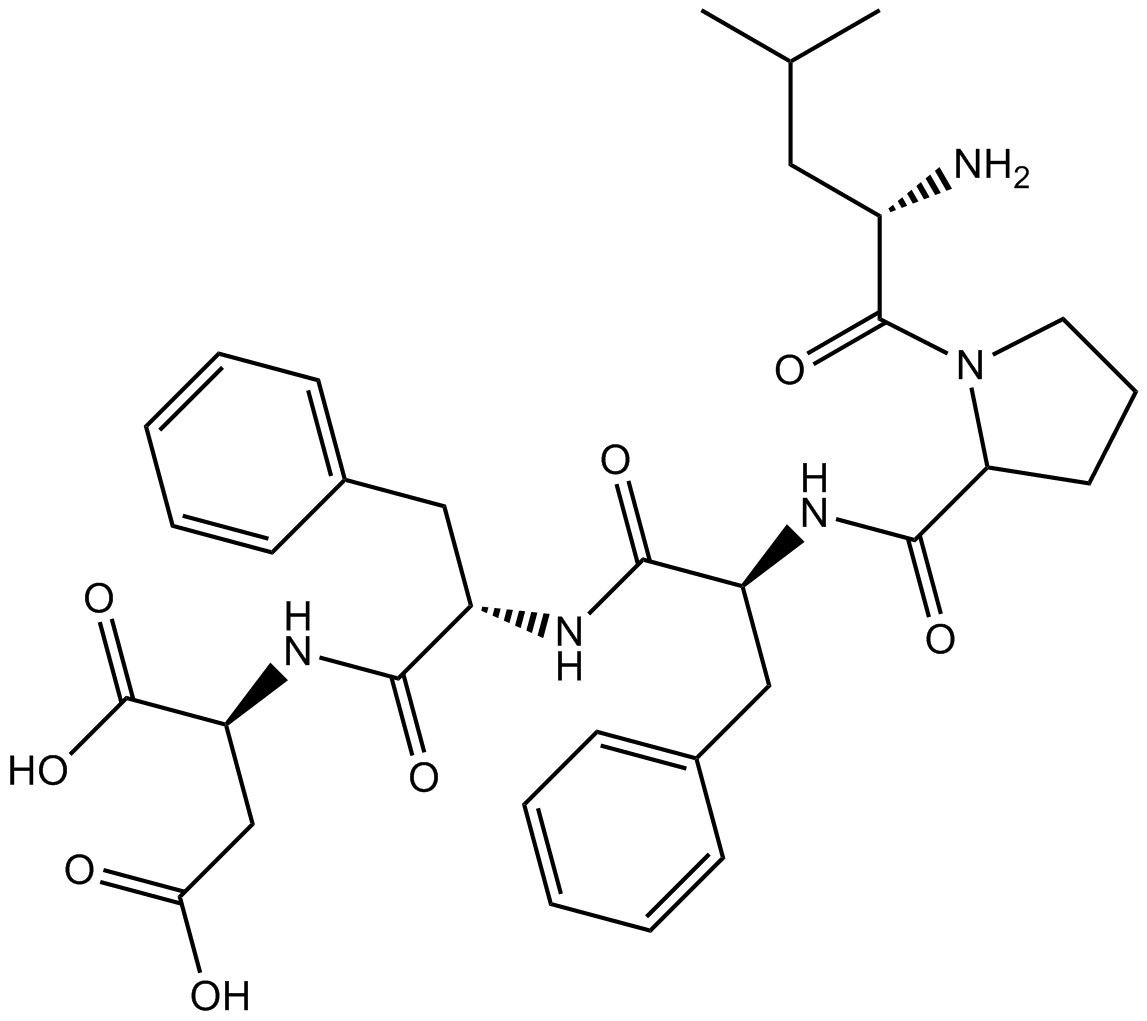
Results and discussion Conclusions In this work, we have conjugated two thermophilic enzymes (i.e., AMY and LASPO) to iron oxide NPs through different conjugation strategies obtaining efficient biocatalysts. We have demonstrated that these NP-enzyme systems can be successfully activated by an
-
br Materials and methods br Results
2021-02-09
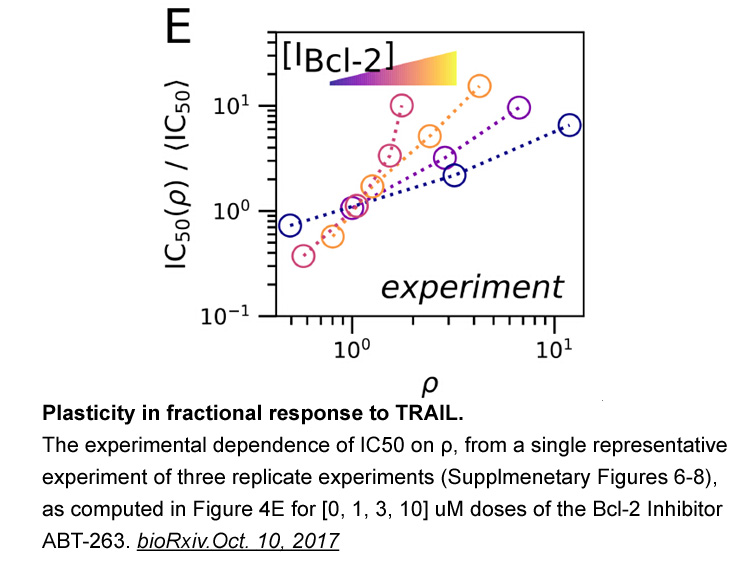
Materials and methods Results Discussion Enolase (2-phospho-D-glycerate hydrolase) is a glycolytic enzyme that is also involved with various important roles in the intracellular and extracellular space (Copley, 2003; S. Zhang et al., 2015) such as transcriptional regulation, apoptosis, grow
-
In the signaling cascade of
2021-02-09
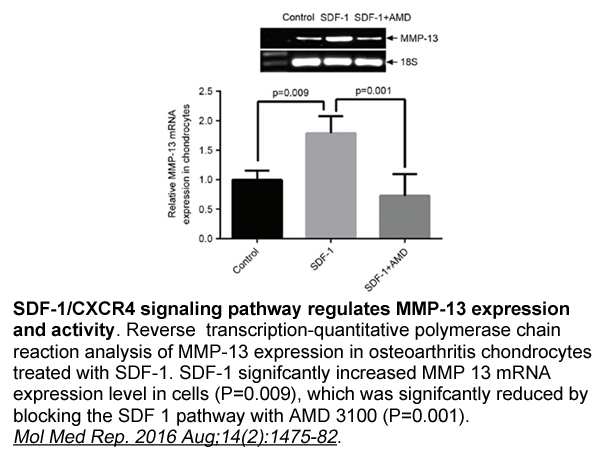
In the signaling cascade of innate immunity, most of the receptor proteins, adaptor proteins, and kinases are modified by ubiquitination to activate and transduce the downstream signaling for efficient production of the IFN and proinflammatory cytokines to combat the pathogens. For example, the K-63
-
SIS3 The roles of ginsenoside in E
2021-02-09
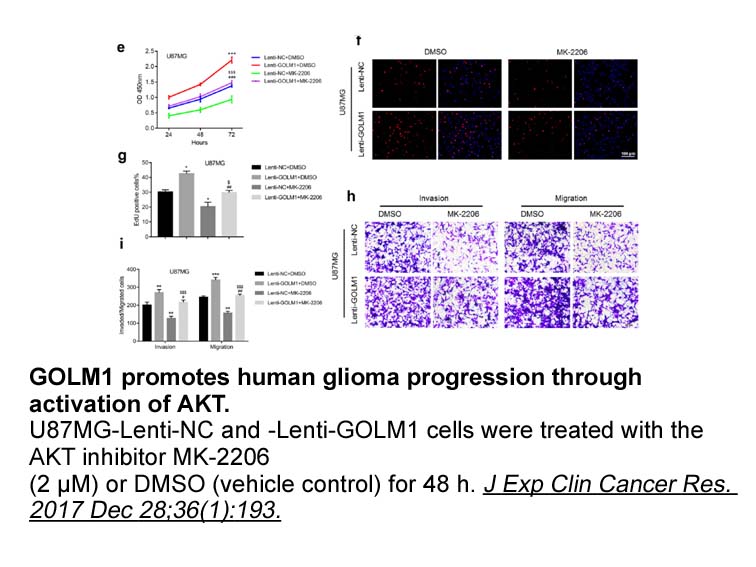
The roles of ginsenoside in E1 and 26S proteasome inhibition are shown in Table 2. The nitro substitute on the furan ring may be important for PYR-41 inhibition of the E1 enzyme (Yang et al., 2007). The macrocycle core and aliphatic tail of Largazole are responsible for inhibiting E1 activity (Unger
15871 records 692/1059 page Previous Next First page 上5页 691692693694695 下5页 Last page